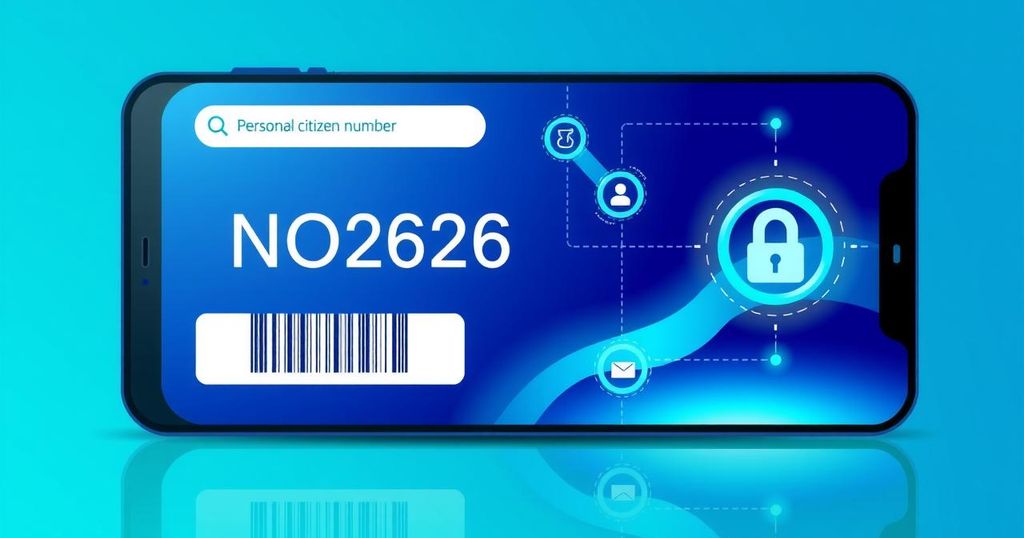Iris ID is expanding its partnership with TDPS by providing additional iris recognition units to improve border security identification processes. This technology offers greater accuracy than traditional methods, with a growing database of iris identities supporting law enforcement agencies across the U.S. The rising adoption underscores a strategic shift in handling border security challenges effectively.
Iris ID is enhancing its partnership with the Texas Department of Public Safety (TDPS) by supplying an additional 200 iCAM TD100A iris recognition units to their livescan systems. This move aligns with a growing trend in biometric technology adoption for law enforcement, primarily because iris recognition provides higher accuracy compared to traditional fingerprint or facial recognition methods. The stability of iris patterns over time makes them a reliable biometric identifier.
The TDPS oversees a vast 1,254-mile international border with Mexico, necessitating advanced technology solutions amid limited resources. As national attention on border security increases, the integration of iris biometric recognition systems aims to improve operational efficiency for law enforcement agencies dealing with apprehensions and economic constraints.
Iris ID’s presence in biometric identification started with a pilot program in 2014 for the FBI and Border Patrol, which established the Next Generation Identification Iris Service (NGI). This initiative has led to a significant database growth, with over 2.5 million identities recorded by 2023. The NGI service has streamlined identification processes for law enforcement by enabling faster matching of detainee information using iris scans.
Currently, approximately 675 law enforcement agencies are contributing data to the NGI Iris Service, with the Department of Homeland Security and Border Patrol utilizing over 2,000 workstations. According to recent reports, around 70 percent of apprehensions made by U.S. Customs and Border Protection involve iris recognition technology, highlighting its effectiveness in enhancing border security efforts.
The use of iris biometric technologies is becoming integral for law enforcement due to their precision and efficiency in identification processes. Iris patterns remain constant throughout a person’s life, distinguishing them from other biometric identifiers like fingerprints or facial features which can change. This advancement represents a strategic shift in how agencies address security challenges, especially along the U.S.-Mexico border, where traditional means may fall short. The partnership between Iris ID and TDPS is part of a broader initiative to adopt these technologies amidst increasing border security concerns.
The partnership between Iris ID and the Texas Department of Public Safety signifies a crucial enhancement in border security technology through iris recognition. As law enforcement agencies increasingly adopt biometrics for accurate identification, iris scanning proves to be a superior solution for addressing the demands of a vast and complex border. The growth of the NGI Iris Service underscores its potential to revolutionize the apprehension and identification processes in law enforcement.
Original Source: www.biometricupdate.com





